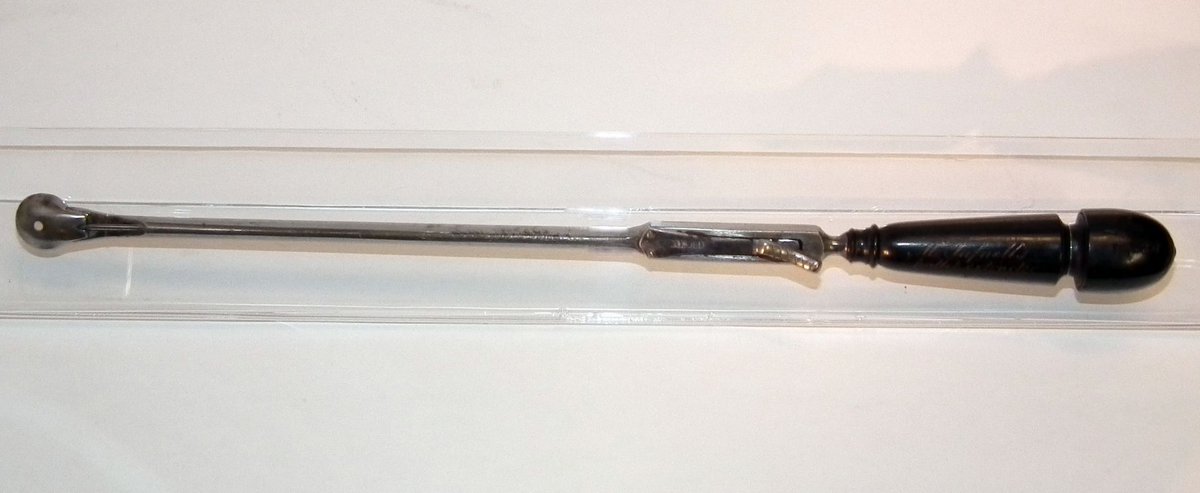
Surgeons' Hall Museums
@surgeonshall
Home to the largest & most historic collection of surgical pathology in the world. Open 10am-5pm, 7 days a week. For Library and Archive follow @RCSEDArchive.
ID: 138428447
https://museum.rcsed.ac.uk 29-04-2010 14:26:57
15,15K Tweet
26,26K Takipçi
1,1K Takip Edilen




Session 2 of #ECA25 starts with our next invited speaker Cat Irving from Surgeons' Hall Museums and The Hunterian discussing ‘Things in Jars: A Potted History of Fluid Preservation in Anatomical Collections’















